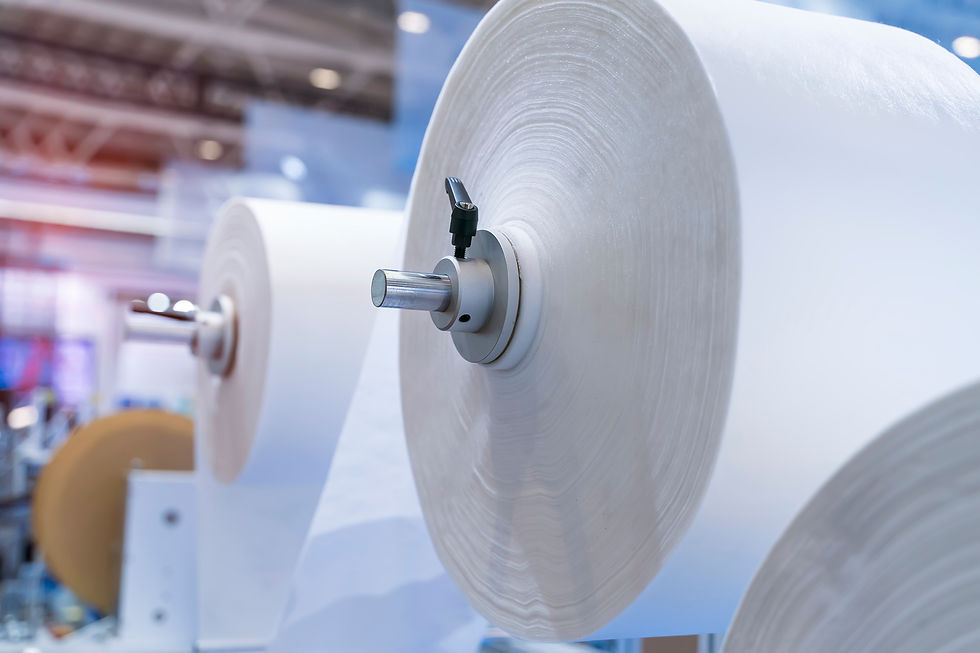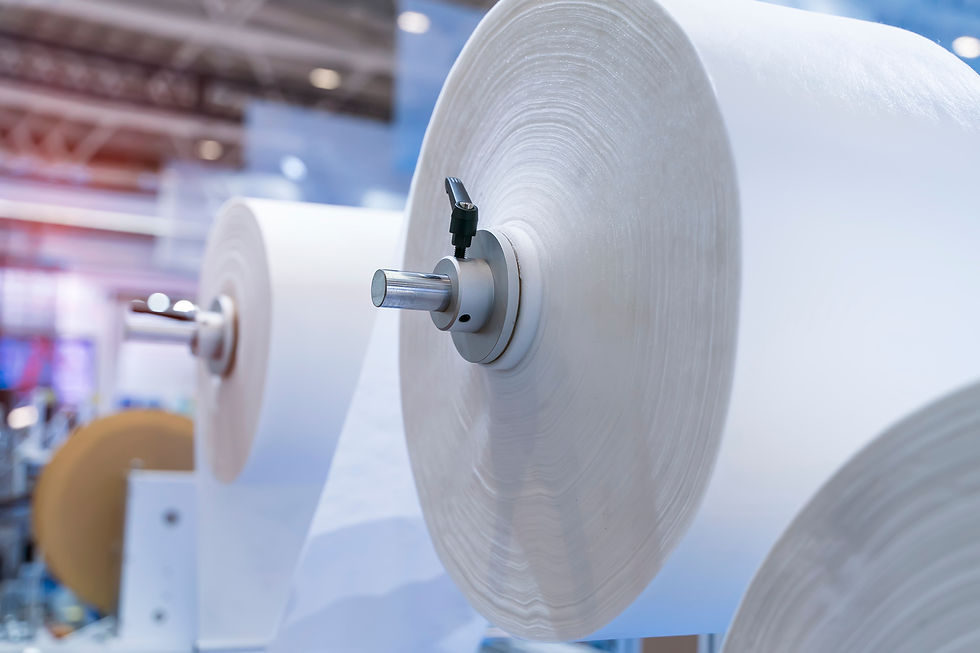
INDUSTRIAL FILTRATION
Filtration is the process of passing a fluid through a porous material, causing particles that contaminate the fluid to become trapped in the material. This results in a cleaner fluid. Industrial fluids are filtered to remove metallic particles created by the manufacturing process. Removing the particles will extend the useful life of the fluid, and reduce the cost of the manufacturing process.
-
Furniture
-
Geotextiles
-
Healthcare and Pharmaceutical
-
Hydrocarbon Processing
-
Steel and Metal Working
Industries We Serve:
-
Automotive
-
Agriculture and Landscaping
-
Air Filtration
-
Aluminum Canning
-
Aviation & Aerospace
-
Construction
-
Food/Industrial Frying

LABORATORY TESTING SERVICES
Crystal Filtration and Quartz Analytics’ laboratory in Rochester Hills, Michigan is capable to analyze and produce reports on a wide array of sample mediums. This is including synthetic, semi synthetic, and water based coolants, paint slurries, dirty filter media, nonwovens, cooking oil, nutraceuticals, baked goods, wine, beer, animal and pet foods, meat meals, fried/roasted goods, and much more.
Please contact us you do not see your sample type listed, we will do our best to accommodate your product.



Please reach out for more information regarding the following testing for nonwovens:
-
Identification testing
-
General Media Tests
-
CFM , Mullen Burst , Tensile MD/CD , CFM / Porosity
-
Ash Test
This test method applies to any dirty filter media sample when a determination of inorganic content is desired. The result of ash content is expressed as oz. / sq. yd or gm./ Sq. yd.
Life and Efficiency Test
This test method estimates a filter media’s anticipated effectiveness at removing particulates of known size from fluids and approximate service life of that filter media.
Contamination Analyses
Particle Analysis (ppm)
This test method applies to fluids containing insoluble particulates with a minimum dimension larger than the purported pore size of the filter membrane (for example, 8 microns) used. Commonly we use step down test method. In step down test method, the fluid is first passed through an 8-micron membrane. The 8-micron membrane is capable of separating particle sizes greater than 8 microns. The liquid, after it passed through 8- micron membrane, is collected in a flask. The accumulated fluid is through a 3- or 1-micron membrane. The ppm number is based on the mass or weight of insoluble particulates in the liquid.
Particle Size Distribution
This test utilizes a laser measuring system in order to provide the distribution of particles sizes in counts per ml from 2-5 micrometers up to >100 micrometers.
Nonwoven Basis Weight
This test method indicates the normal weight of filter media samples. The results are as oz/ sq. yd or grams per Sq. meter.
Caliper
This test method indicates the thickness of filter media samples. The result is expressed as In.
Basis weights
This test method indicates the normal weight of filter media samples. The results are as oz/ sq. yd or grams per Sq. meter.
NONWOVENS TESTING
Free Fatty Acid Testing
-
Available on both the AOCS CA 5a-40 and FoodLab Fat methods
-
Available for most fats and oils, flours, nuts, animal foods, meat meals.
Peroxide Value Testing
-
Available on both the AOCS Official Method Cd-8-53 and FoodLab Fat methods
-
Available for most fats and oils, flours, nuts, animal foods, meat meals.
Soap Value Testing
-
Available on both the AOCS Official Method Cc 17-95 and FoodLab Fat methods
-
Available for most fats and oils, flours, nuts, animal foods, meat meals.
FOOD & BEVERAGE TESTING

2146 Avon Industrial Dr.
Rochester Hills, MI 48309
248.844.1239
